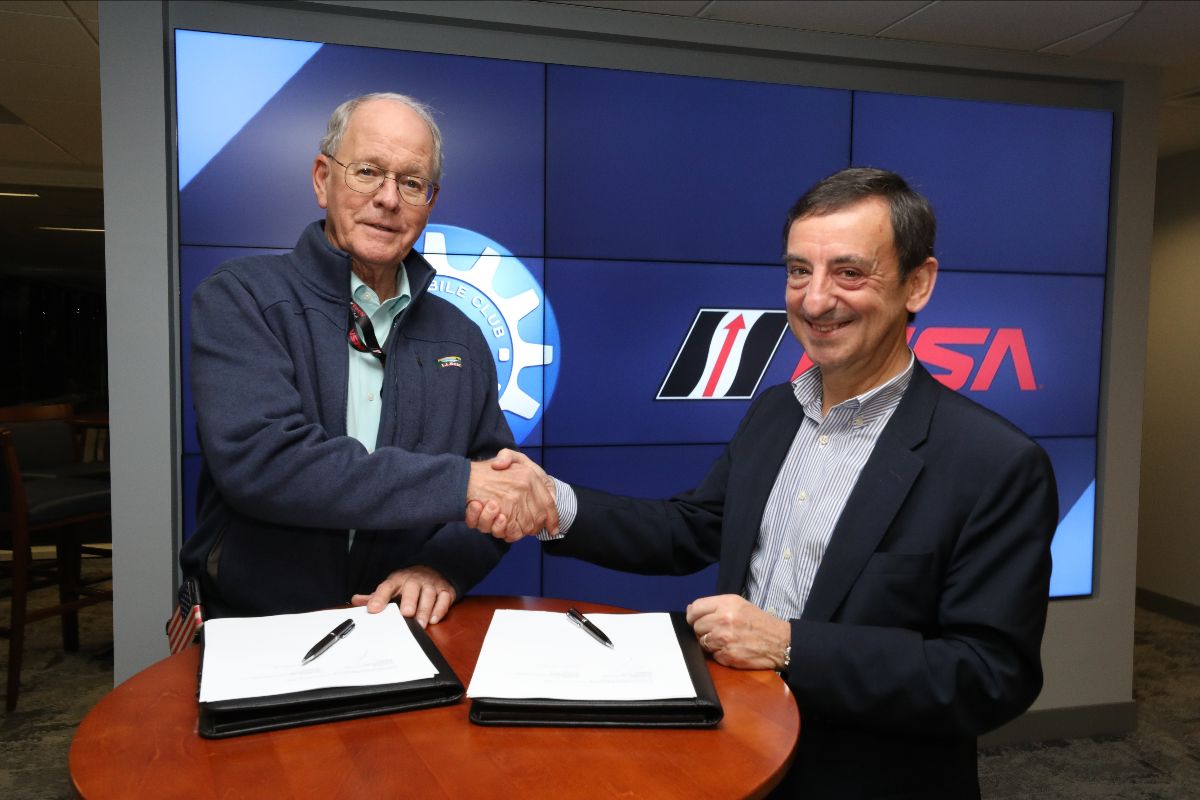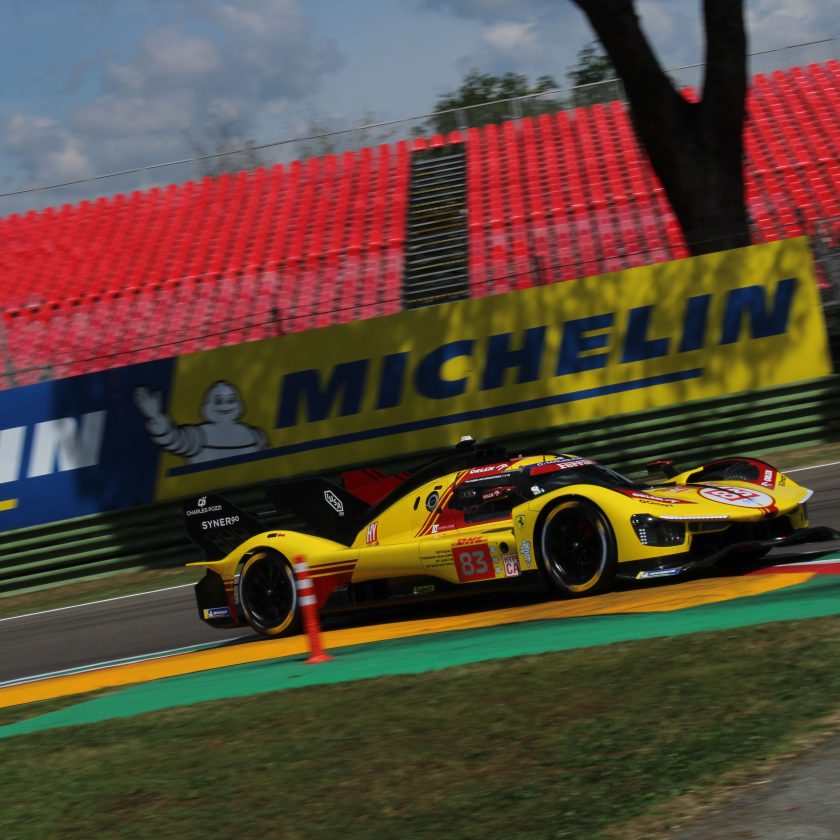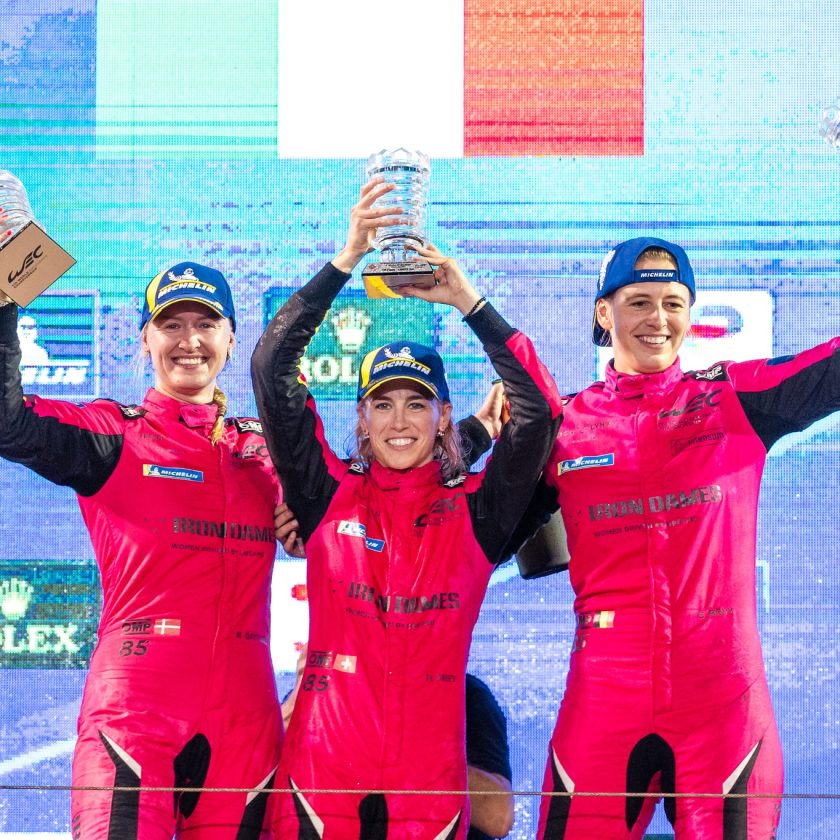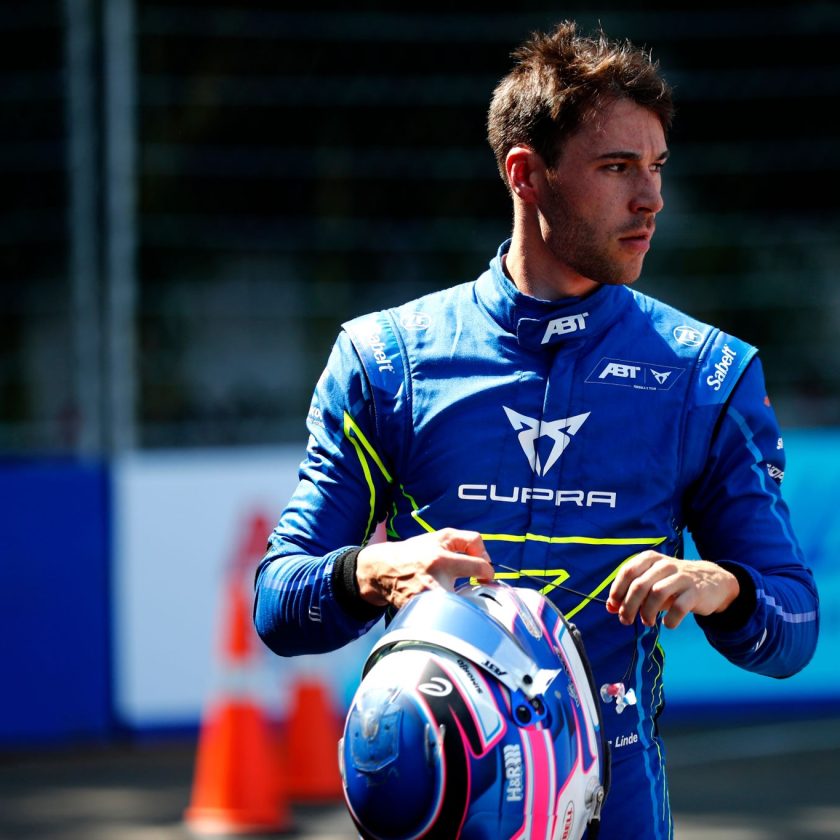Automobile Club de l’Ouest (ACO) and International Motor Sports Association (IMSA) have agreed on a common future in sportscar racing.
The the organizing bodies have signed an agreement, that it will be possible, from September 2021 in FIA WEC and January 2022 in IMSA, to race with the “American” DPi cars and “European” Hypercars in the same category. The category will be named LMDh – Le Mans Daytona hybrid.
The cars will be based on the LMP2 cars, just like we know from today, with Ligier, Dallara, Multimatic and ORECA going to build the chassis’s. The same modifications regarding bodywork and engines will be allowed again, just like in the current DPi. Furthermore all cars will have one common hybrid system, with rear-wheel drive only.
So it would appear that the four current chassis manufacturers have won the rights to do LMP2 cars in the future too, since their original deal ended after the 2020 season.
The two organizing bodies have issued a common press release, stating that more technical details will be released at the Super Sebring event, being run in March, where the IMSA WeatherTech SportsCar Championship and FIA World Endurance Championship share the track time for their 12 and 8 hour races respectively.

Photo: ACO
This is something that really can boost both series, but probably most favourable for IMSA, where the entries a declining, while the FIA WEC already have quite a few entries for the new Hypercar category. And then it’s huge news that the top cars can once again race in the USA. They have been eliminated from doing that since the American Le Mans Series and Grand-Am merger in 2014. ALMS was an ACO series, while Grand-Am was an IMSA series. The lack of LMP1 interest towards the end of the ALMS days, making them skip that category from the new Prototype formulae – and then the Daytona Prototype cars would all still have a chance of winning.
The new big milestone in the history came in 2017, where ACO introduced the new LMP2 cars, where the chassis’s were the basis of DPi cars. Cadillac, Mazda and Nissan were the first to jump on that wagon, followed by Acura in 2018. Nissan left ahead of 2020, but that wasn’t a full works programme anyway, but only the ESM team at first, and then later CORE autosport, running the cars – with a Nissan GT-R engine in the back. The “regular” LMP2 cars were also able to race in the category, but were not able to follow the modified DPi cars, due to their open engine and suspension technology. So the two categories were split up in 2019, resulting in LMP2 almost coming to a dead stop regarding entries. They have picked up the pace a little for 2020, making a Bronze rated driver mandatory in the car.
It is still unclear if the “European” Hypercars will be allowed to compete in the IMSA series, since today’s statement doesn’t mention anything about that – only that LMDh will be able to run both categories. But since all Hypercars will have to get BOP to race together in the FIA WEC, the same thing should be possible to be achieved in the USA, if the Americans would like to have Toyota, Peugeot and Aston Martin running in the top category.
The future really appears bright in the sportscar world on both sides of the Atlantic ocean right now.



